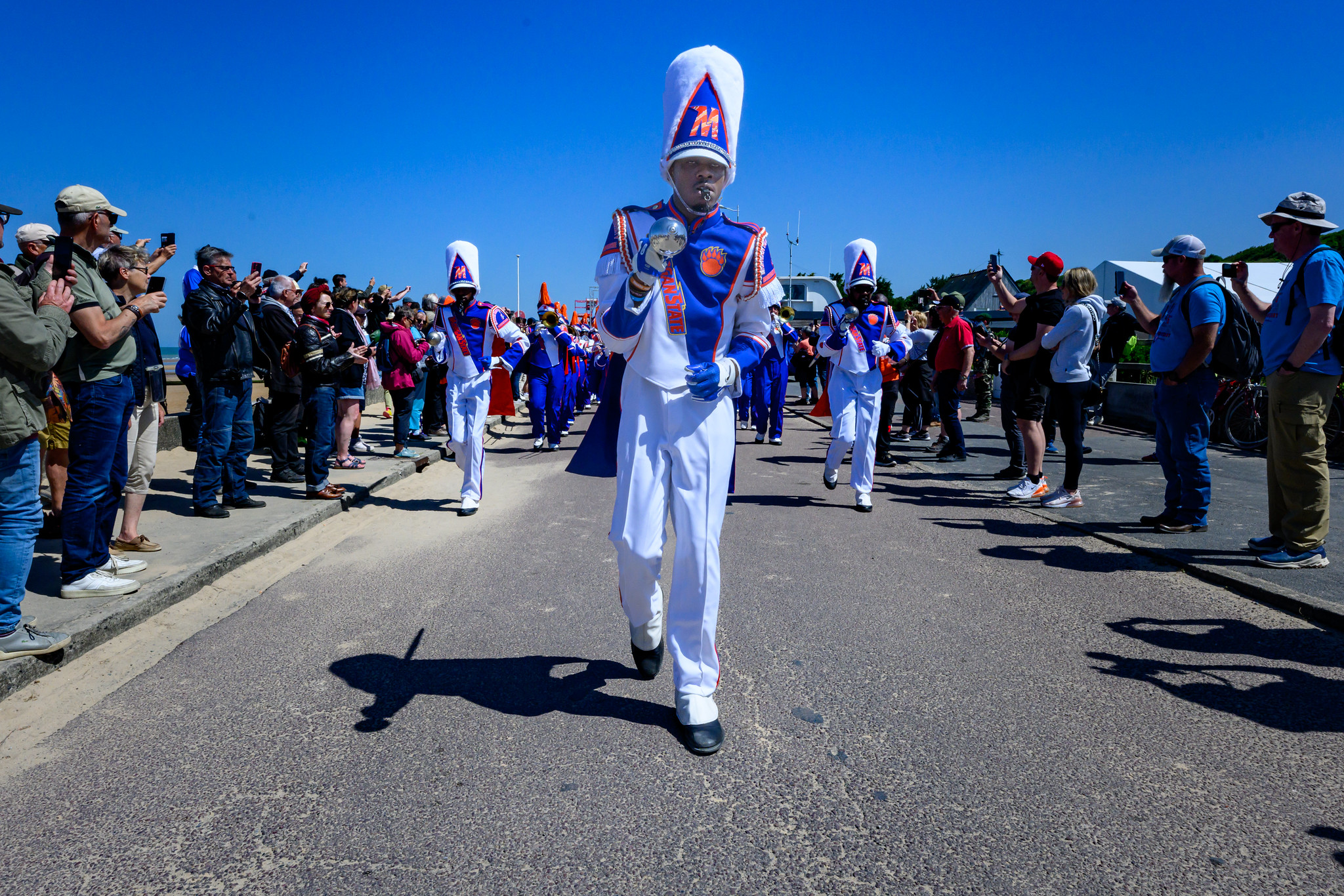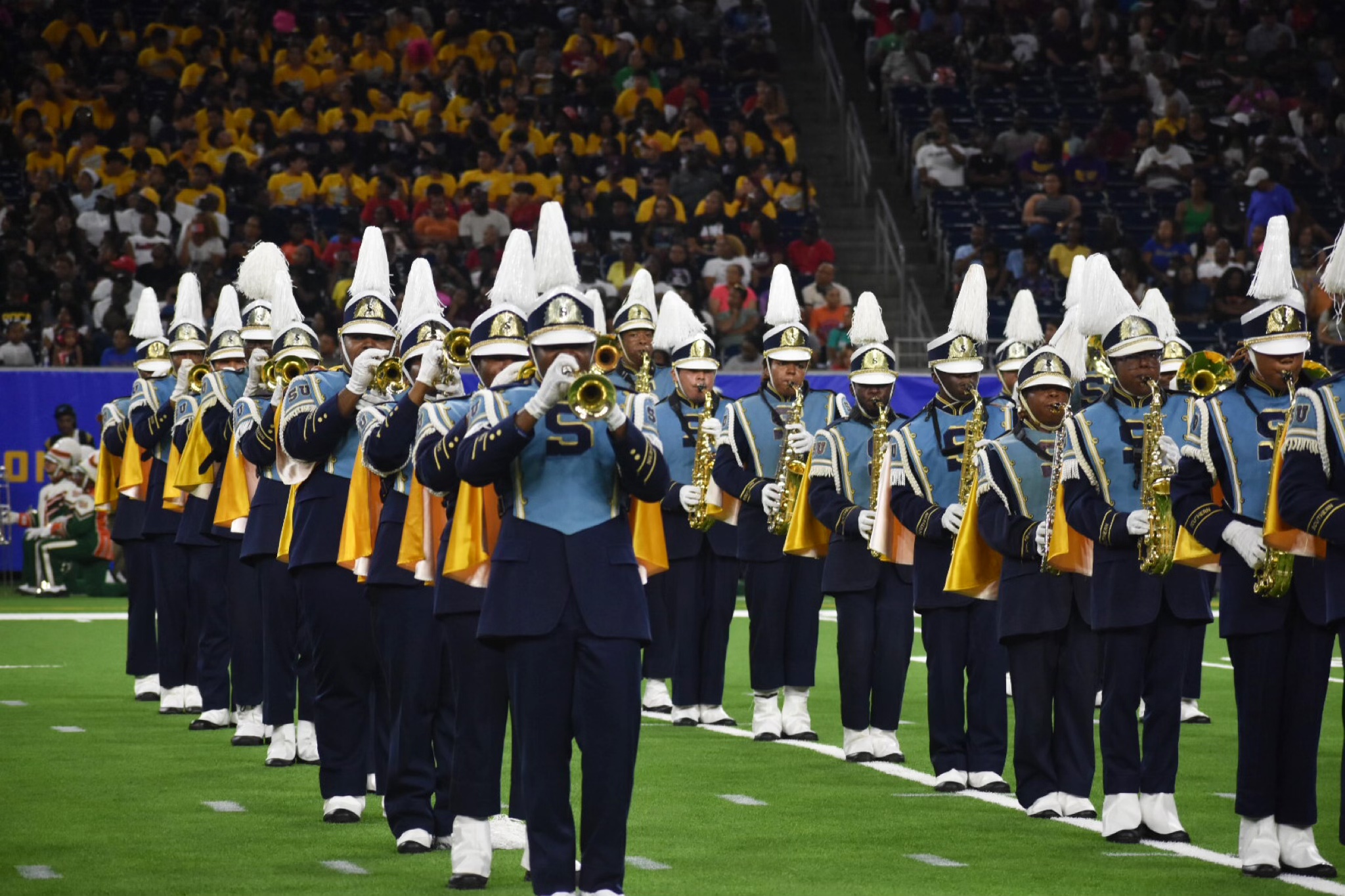The passion of love for music and band runs so deep, that when you are around others that call themselves “bandheads or musicheads (essentially those who love band and music and could talk about it 24/7)”; you might be confused about some of the lingo you are hearing. You also might wonder, how do you get the perfect band setup and structure, well the true answer is you don’t.
You have classes like, “music theory, intro to music or music fundamentals”, but just like a lot of things, composing the perfect marching band and/or musical ensemble is just by simple trial and error. Along with your philosophy on music. With these things being said let’s dive into our two components of this article: Common Terminology & Band Structure!
Marching Band/Musical Ensemble Terminology and Structure Components!
- Dynamics – A song that has “emotion” has various changes/transitions in volume, tempo, rhythm and melody.
- Balance – Essentially making sure that every section is present and heard in an arrangement at some point.
- Loud – overall volume to the ear; (the pressure that a band puts on your ear)
- Cranking – being in tone while playing a very forceful but clear note through the horn.
- Chord – playing multiple notes at the same time to achieve one harmonious sound. Can be a 2 or 3 progression chord.
- Dry/Boring – when a song lacks emotion, feeling and dynamics.
- Emotion – the overall feeling of a song. (Think when you get goosebumps) something that makes you say “wow” or “woah”
- Gelling – when the idea/concept is right but it needs time to sit to be better!
- Gliss – transition between notes should have a smooth glide effect.
- Screaming – usually the highest note on the staff played at the loudest note possible. Essentially heard on last notes of a song or of a melodic phrase.
- Ruu – A power chord that is used as an emphatic attention grabbing note.
- Muddy – When melody or rhythm runs together and sounds rushed or not written well. Sometimes can be “choppy”
- Skating – skipping phrases or melody to play a more important phrase.
- Phrasing – the sequence of notes that you write to form a melodic phrase to imitate the actual voice of the artist.
- Chopping – a percussion term. Means that you are taking the base 1 count beat and adding multiple beats before the count is over with.
- Grooving – a percussion term. Meaning that you are playing on the natural beat and syncopating amongst each percussion instrument.
- Dark Tone – Can depend on what musical key you are in, but this term is used usually when your lower brass is stronger than your upper brass
- Pyramid of Sound – A term derived from music theory class. Refers to essentially how each musical instrument relates to each other and fits in from a layering perspective in an ensemble. Think like a choir Soprano Voices, Alto Voices, Tenor Voices and Bass Voices but in instrument form.
- Bright Tone – Can depend on what musical key you are in, but this term is used usually when your upper brass is stronger than your lower brass
- Upper Brass – a term related to the bands Trumpets and Mellophones overall sound quality
- Lower Brass – a term related to the bands Baritones, Trombones and Tubas overall sound quality
- Section Leader – the leader of his or her section. Oversees sectional practices, helps in recruiting and consults on arrangements at times.
- Upperclassman – a person that has been in the band program for more than 2 years, usually at junior or senior level.
- Crab – a person in the band that is a freshman or first year participating in the ensemble.
Band Components
- Staff – The leadership of the band.
- Head Band Director
- Arrangers
- Auxiliary Coordinators
- Auxiliary – The visual aesthetic of the band.
- Dance Squad
- Flag Court
- Baton Twirlers & Banner Ladies
- Woodwinds – The undertone voicing component of the ensemble.
- Flutes/Piccolos
- Clarinets
- Saxophones: Alto & Tenor
- Brass – the “main course” of the band. Carries your prime and countermelodies as well as the brass foundation.
- Trumpets
- Mellophones
- Baritones/Euphos
- Trombones
- Tubas
- Percussion – the heart beat and feel of a band. Tempo setters along with the tubas.
- Snares
- Tenor Drums
- Leg Tenors
- Chest Tenors
- Quints
- Traditional Bass Drums or Tonals
- Cymbals
- Xylophones
Yes, some might think a band is just music and playing through a horn or hitting a drum. However, the band is a business. Band is a way of life. Most importantly, band is an art and craft and must be treated and respected in that manner!




